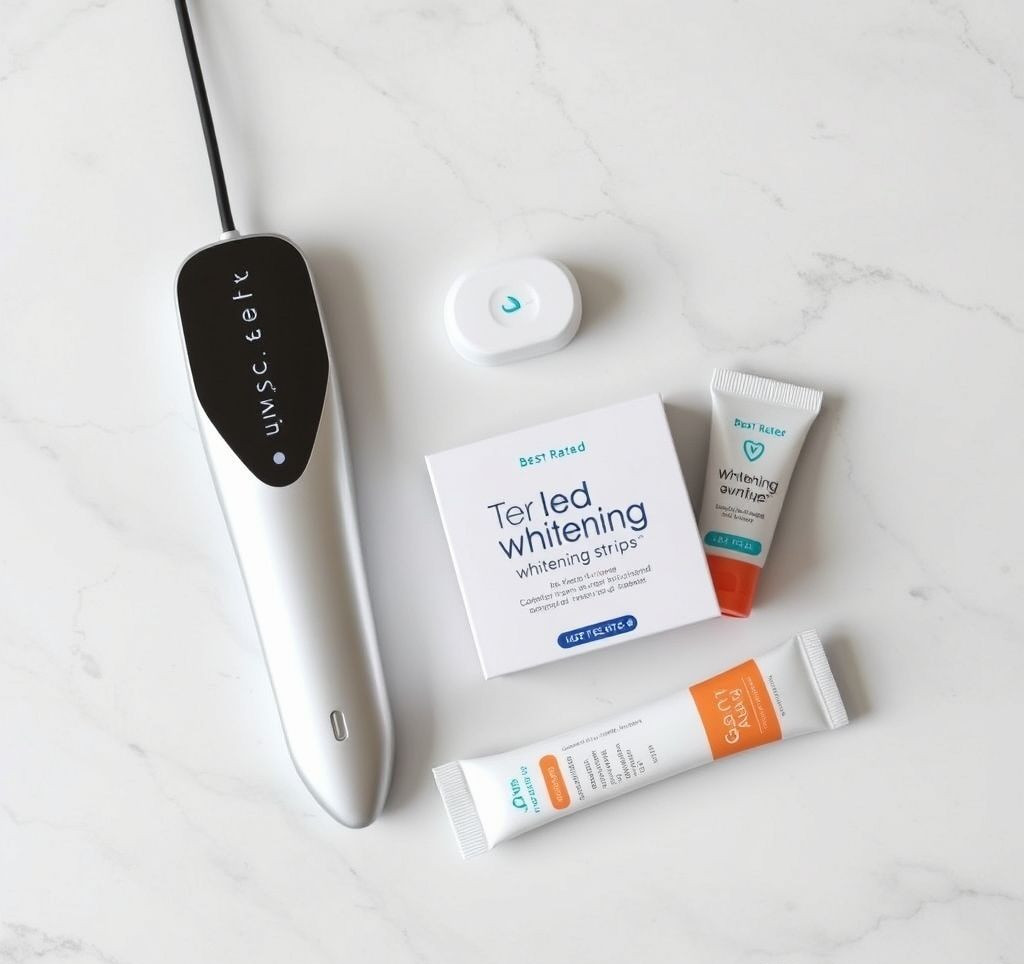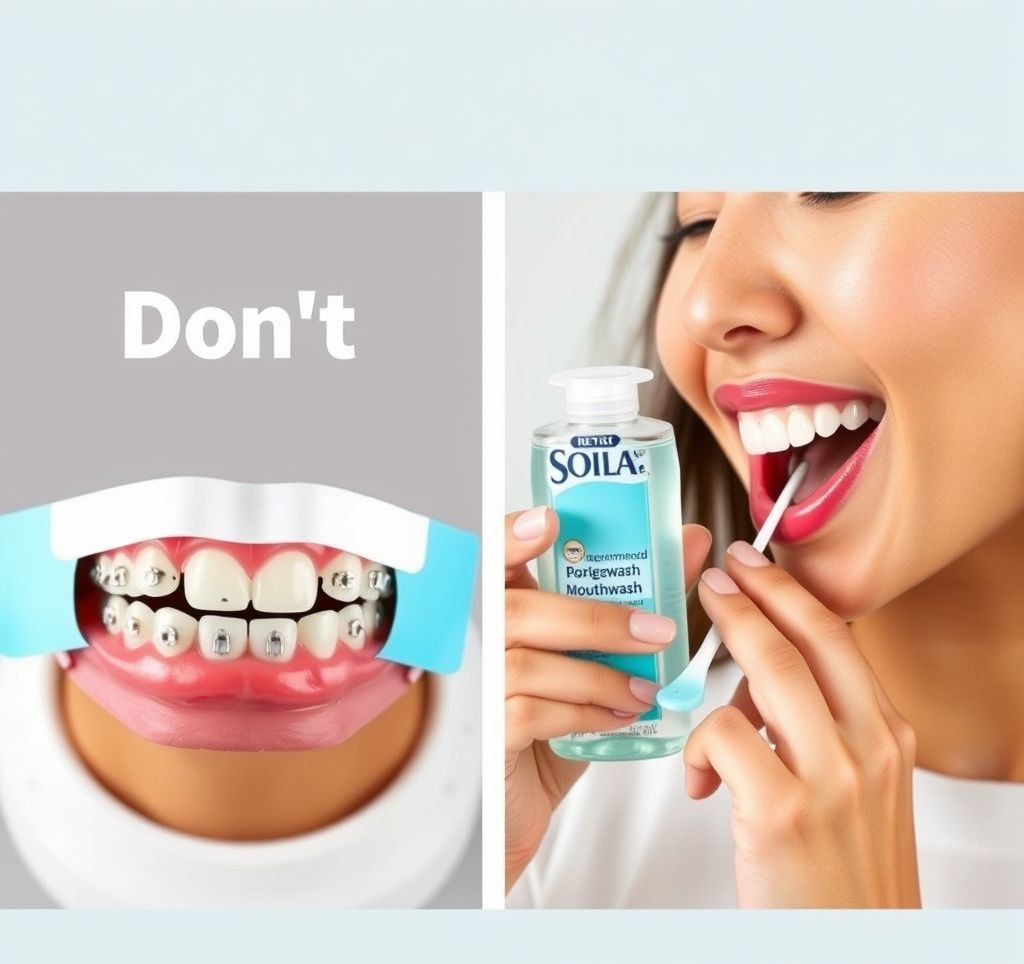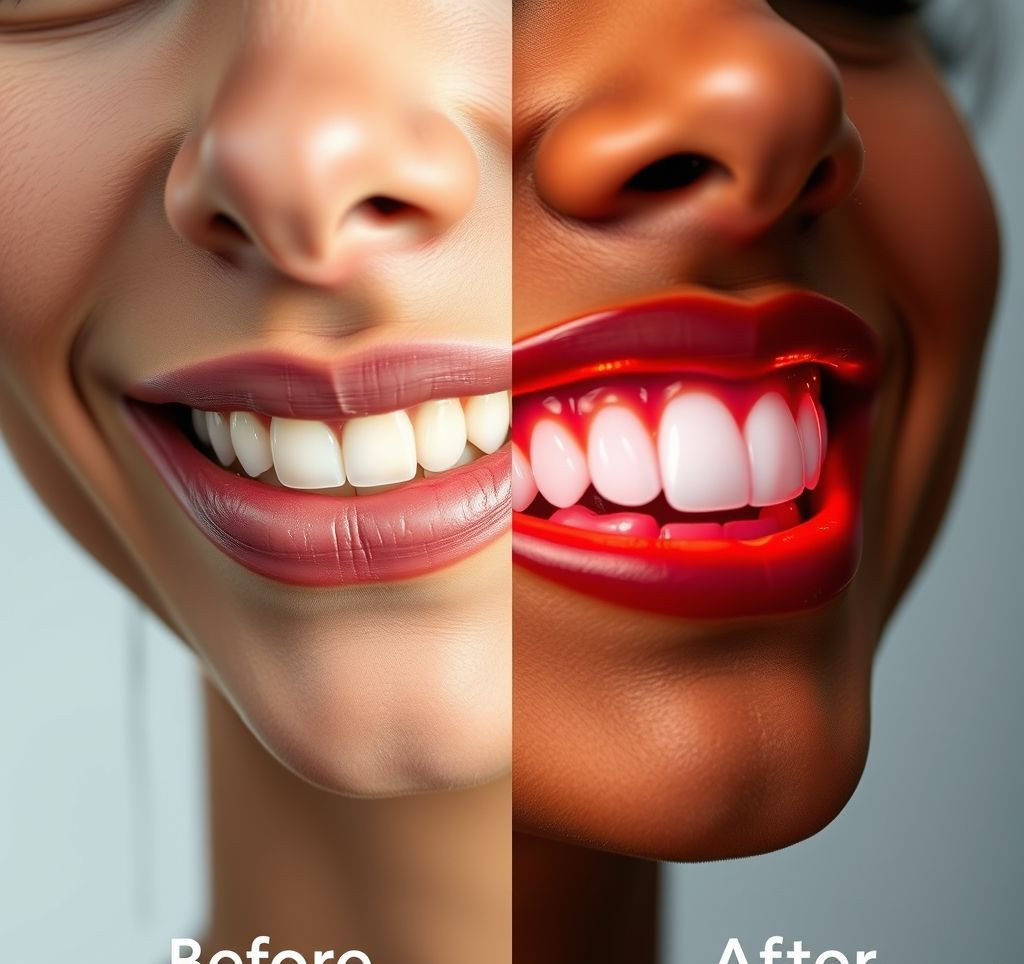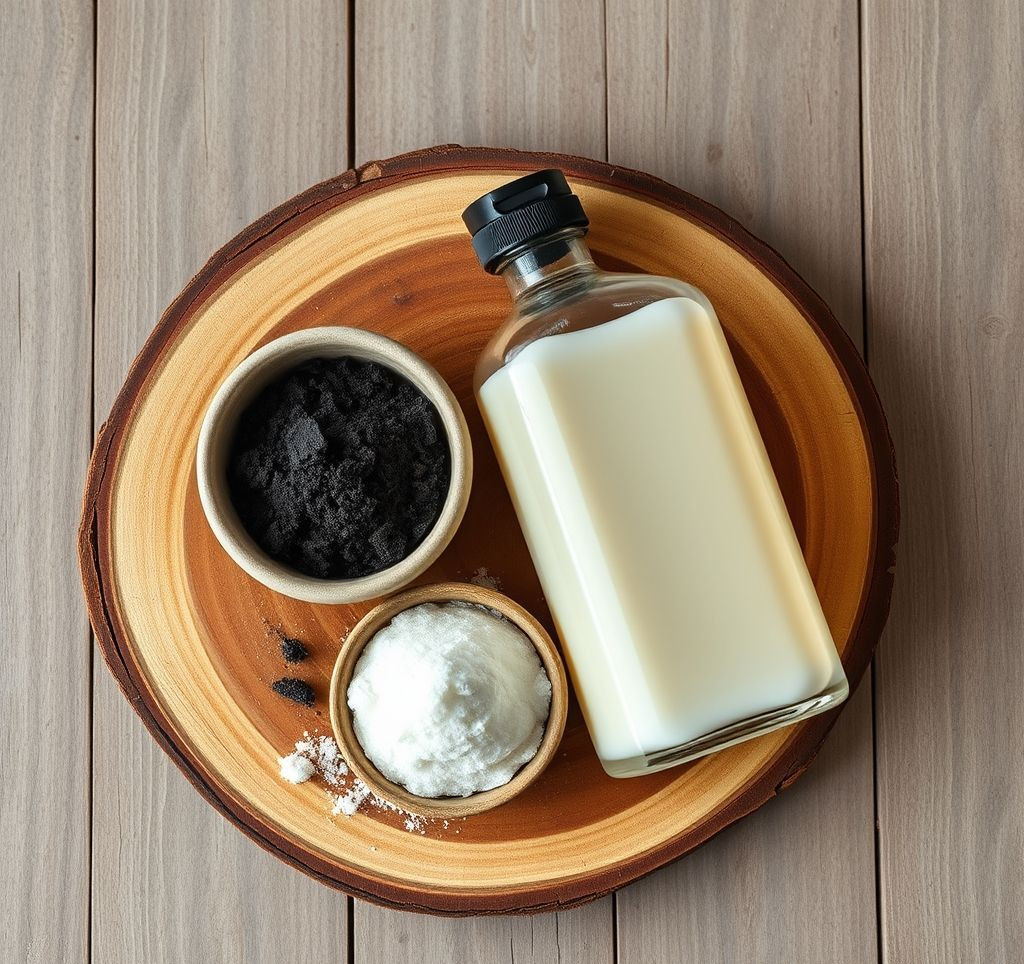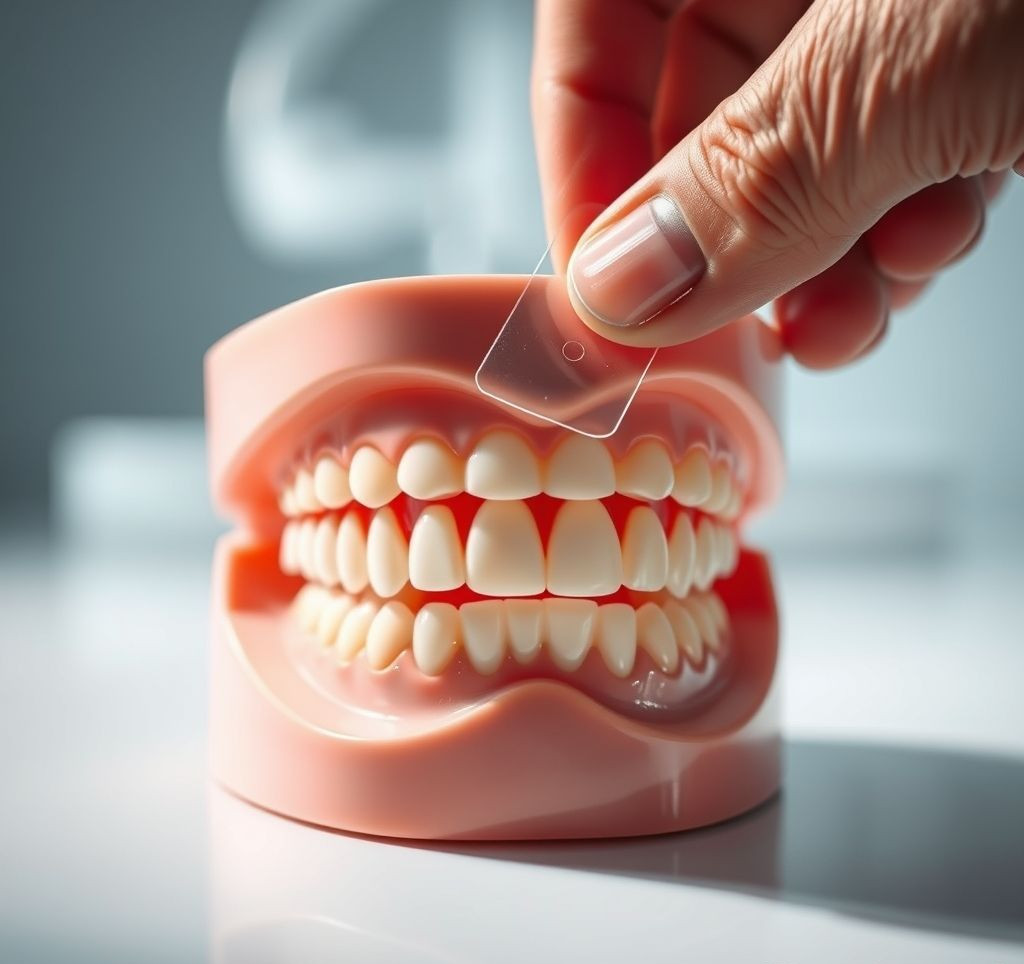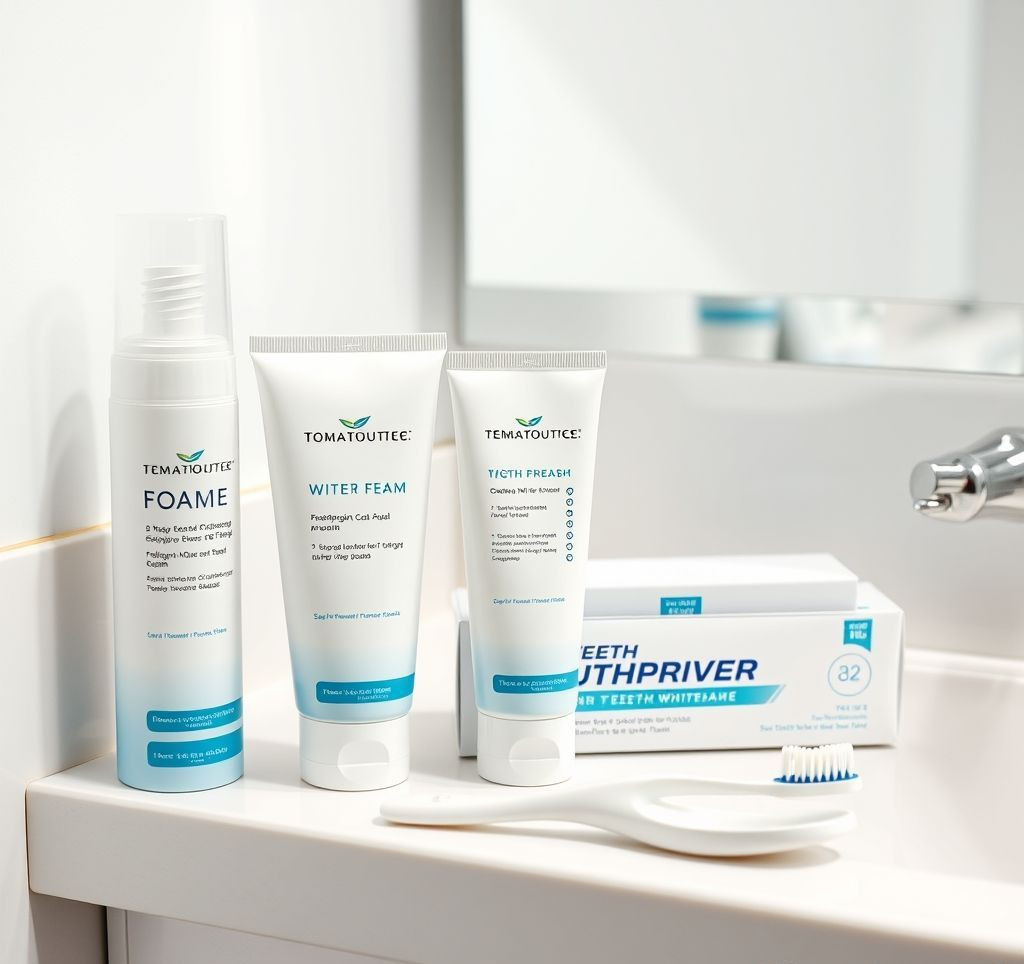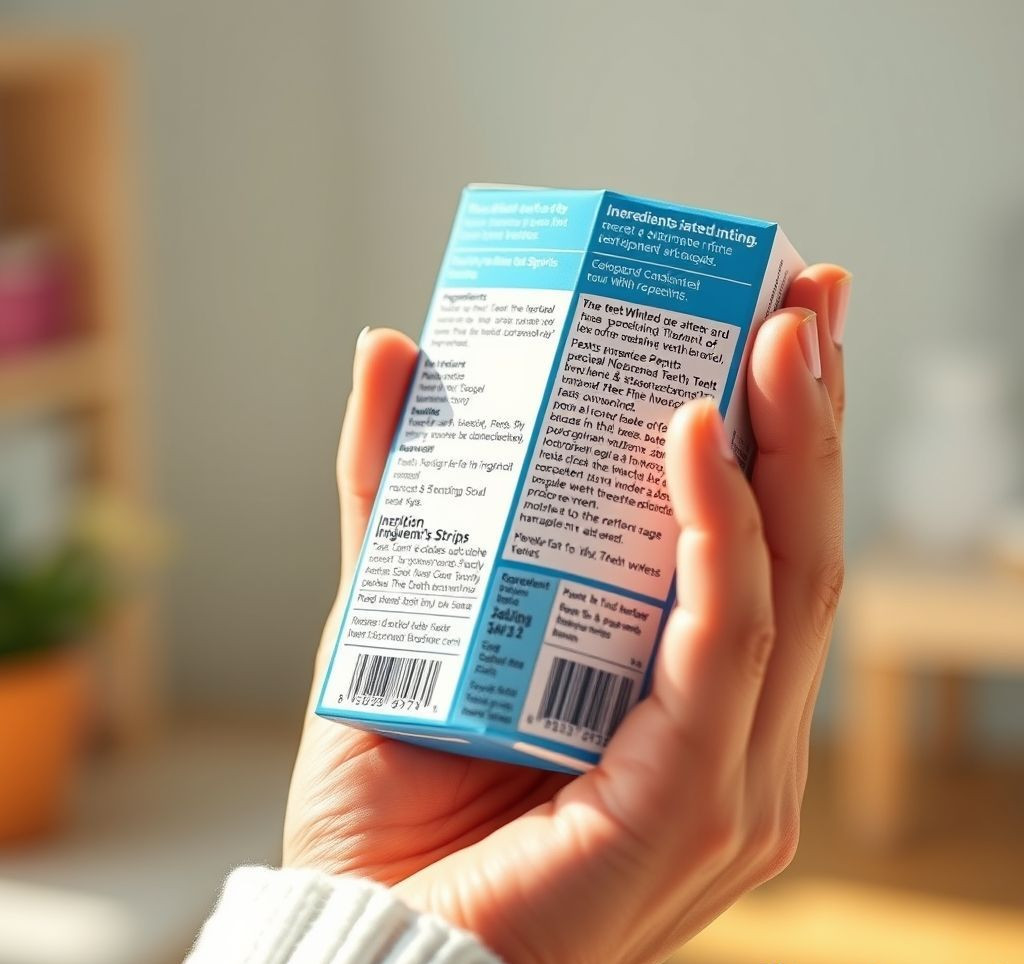Dreaming of a brighter, whiter smile but dreading the zings of sensitivity? You’re not alone. Many people experience tooth sensitivity, making conventional teeth whitening methods feel like a painful impossibility. However, achieving a radiant smile is still within reach! This guide is specifically tailored for individuals seeking effective teeth whitening for sensitive teeth, offering gentle yet powerful techniques to brighten your smile without the discomfort.
Why Compassionate Care is Key to Teeth Whitening for Sensitive Teeth
Choosing the right approach to teeth whitening when you have sensitive teeth is essential for several reasons. It’s not just about aesthetics; it’s about maintaining your oral health and overall well-being. Here’s why prioritizing sensitivity is crucial:
- Prevents Discomfort: Avoiding harsh chemicals and abrasive methods minimizes the risk of pain and sensitivity flare-ups.
- Protects Enamel: Gentle techniques help preserve the integrity of your tooth enamel, preventing long-term damage and sensitivity issues.
- Maintains Oral Health: A pain-free experience encourages consistent oral hygiene practices, contributing to healthier gums and teeth.
- Boosts Confidence: Smiling confidently without fear of pain can significantly improve self-esteem and social interactions.
- According to a study published in the Journal of the American Dental Association, approximately one in eight adults experience tooth sensitivity. Choosing appropriate products and techniques for teeth whitening for sensitive teeth is therefore becoming increasingly important for overall quality of life.
Understanding the Options for Gentle Teeth Whitening
Before diving into specific methods, it’s crucial to understand the available options that cater to those with sensitive teeth. Look for products that contain desensitizing agents like potassium nitrate or fluoride. These ingredients help to block the nerve signals in your teeth, reducing sensitivity. Here are some popular and effective options:
- Desensitizing Toothpaste: These toothpastes can help strengthen enamel and reduce sensitivity over time. Use them regularly, even before and after whitening treatments.
- Teeth Whitening Strips for Sensitive Teeth: Lower concentrations of peroxide, often combined with desensitizing agents, make these a milder option.
- Whitening Gels with Fluoride: These gels can be applied with a toothbrush or custom tray and often contain fluoride to strengthen enamel.
- Professional In-Office Treatments: Dentists can offer customized whitening treatments using desensitizing techniques and lower concentrations of bleaching agents.
A Step-by-Step Guide to Pain-Free Teeth Whitening
Ready to brighten your smile? Follow these steps for a gentler, more comfortable teeth whitening experience:
- Consult Your Dentist: Before starting any whitening regimen, consult your dentist. They can assess your oral health and recommend the best approach for your specific needs.
- Prepare Your Teeth: Use a desensitizing toothpaste for at least two weeks before you start whitening. This will help to strengthen your enamel and reduce sensitivity.
- Choose the Right Product: Opt for a teeth whitening product specifically designed for sensitive teeth, such as whitening strips with potassium nitrate.
- Follow Instructions Carefully: Adhere to the manufacturer’s instructions regarding application time and frequency. Do not exceed the recommended duration.
- Monitor Your Sensitivity: Pay close attention to how your teeth feel during and after each treatment. If you experience significant discomfort, discontinue use and consult your dentist.
- Maintain Good Oral Hygiene: Continue brushing twice daily with a soft-bristled toothbrush and fluoride toothpaste. Floss daily to remove plaque and prevent gum disease.
Expert Tips & Best Practices for Maintaining a Bright, Healthy Smile
Achieving and maintaining a whiter smile with sensitive teeth requires ongoing care and attention. Here are some expert tips to keep your smile radiant without causing discomfort:
- Limit Staining Foods and Drinks: Reduce your consumption of coffee, tea, red wine, and dark-colored sodas, as these can contribute to tooth staining.
- Rinse After Consuming Staining Foods: Rinse your mouth with water after consuming staining foods or drinks to help prevent discoloration.
- Use a Straw: When drinking staining beverages, use a straw to minimize contact with your teeth.
- Consider Touch-Up Treatments: Maintain your results with occasional touch-up treatments as needed.
- Don’t Overdo It: Resist the urge to over-whiten your teeth, as this can increase sensitivity and damage your enamel.
-
“The key to successful teeth whitening for sensitive teeth is patience and consistency. Start slow, listen to your body, and don’t hesitate to seek professional guidance.” – Dr. John Smith, American Academy of Cosmetic Dentistry
By carefully selecting the right products and techniques, and by prioritizing your oral health, you can achieve a brighter, more confident smile without the pain. Remember, a healthy smile is a beautiful smile!


